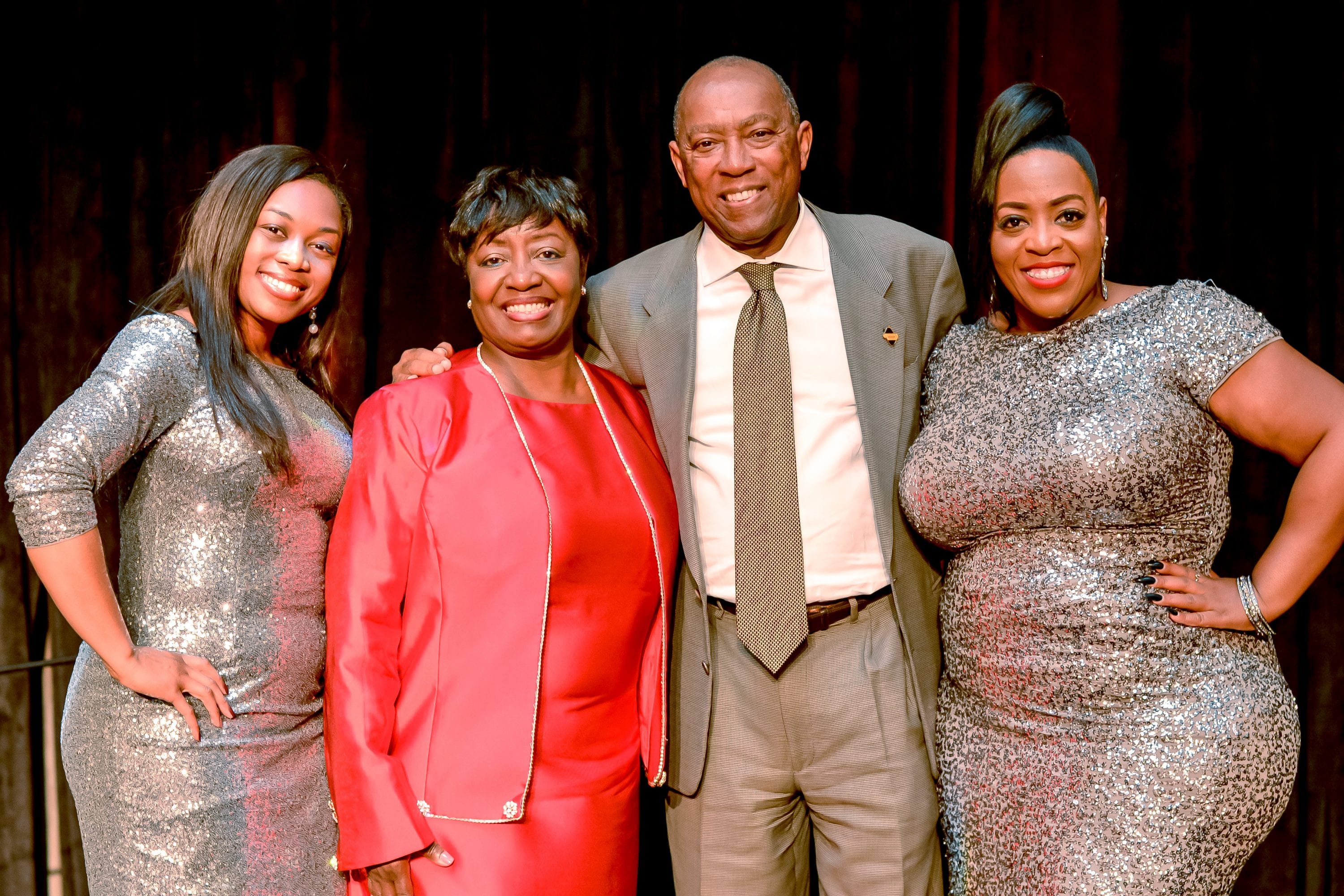By: d-mars.com
HoustonPublicMedia.org
HOUSTON — Volunteers gathered to clean up Olivewood and College Memorial Park Cemetery in honor of Black History Month. These two historic African American gravesites in Houston are part of the City of Houston’s Department of Neighborhoods Volunteer Initiative Program.
Olivewood Cemetery, located along a bend in White Oak Bayou and covering about seven acres of land, is Houston’s first African American incorporated cemetery, established in 1875. The cemetery is the final resting place of some of the city’s prominent African Americans, including Elias Dibble, the first Black ordained Methodist minister in the country.
Descendants of Olivewood, along with dedicated volunteers, are working to restore and preserve the cemetery, which was once forgotten and battling against nature and erosion.
College Memorial Park on West Dallas Street, founded in 1896, is one of Houston’s oldest African American cemeteries. Neglect and vandalism over the years have led to the establishment of the College Park Cemetery Association to restore the gravesite. Notable figures buried at the site include Jack Yates, the first Pastor of Antioch Missionary Baptist Church.
The cleanup events involved tasks such as picking up debris, raking leaves, trimming tree limbs, leaf blowing, edging graves and bushes, and lawn mowing.
Councilmember Abbie Kamin, representing the district that includes Olivewood Cemetery near the Heights, emphasized the importance of preservation citing how the community needs “to show our love for these really important cemeteries.”
Mark McKinnon, a landscape architect, and the President of the College Memorial Park Association has been leading the volunteer efforts to preserve the cemetery and its historical significance.
According to McKinnon, it is crucial to maintain the cleanliness of the cemetery in order to make it welcome, safe, and accessible for people to connect with the past. He believes that by doing so, the descendants of those buried there will have a greater chance of locating the gravesites of their loved ones and ancestors. This, in turn, allows them to share historical information with various generations.
“To remain clean is critical to make it welcome and make it safe and make it accessible for people to engage with the past,” he said. “The descendants of those who are buried there have a much greater opportunity to find the grave sites of their loved ones of their ancestors and share history and information to a variety of generations.”
McKinnon also mentioned that the cemetery used to be much larger, but due to financial burdens, a portion of it was sold off for the development of an apartment complex by the Allen Brothers. This ongoing struggle puts the site at risk, and McKinnon believes that a similar situation could happen again.
To address this issue, the association is working towards establishing a financial foundation. Currently, a significant portion of the funding comes from volunteers who contribute to the maintenance of the site.







